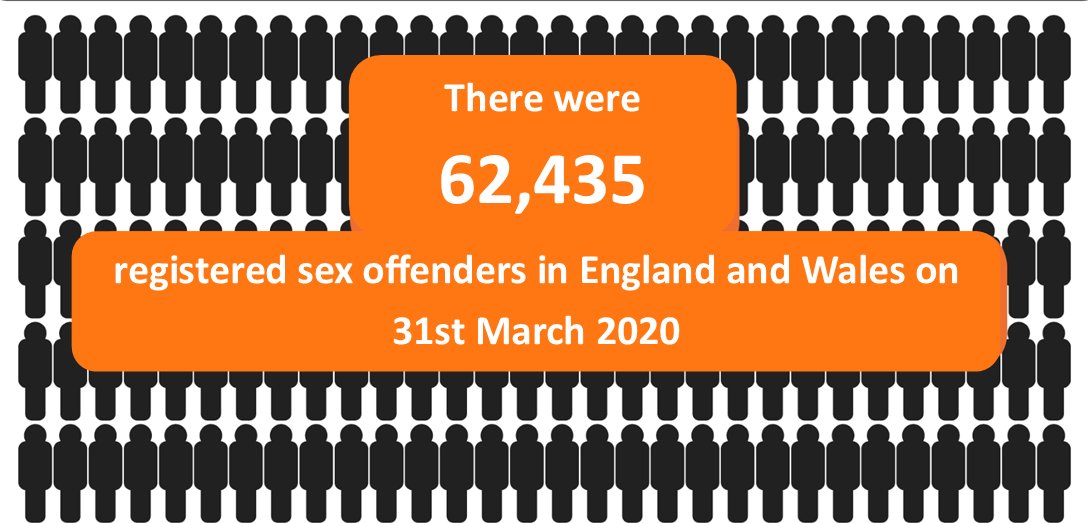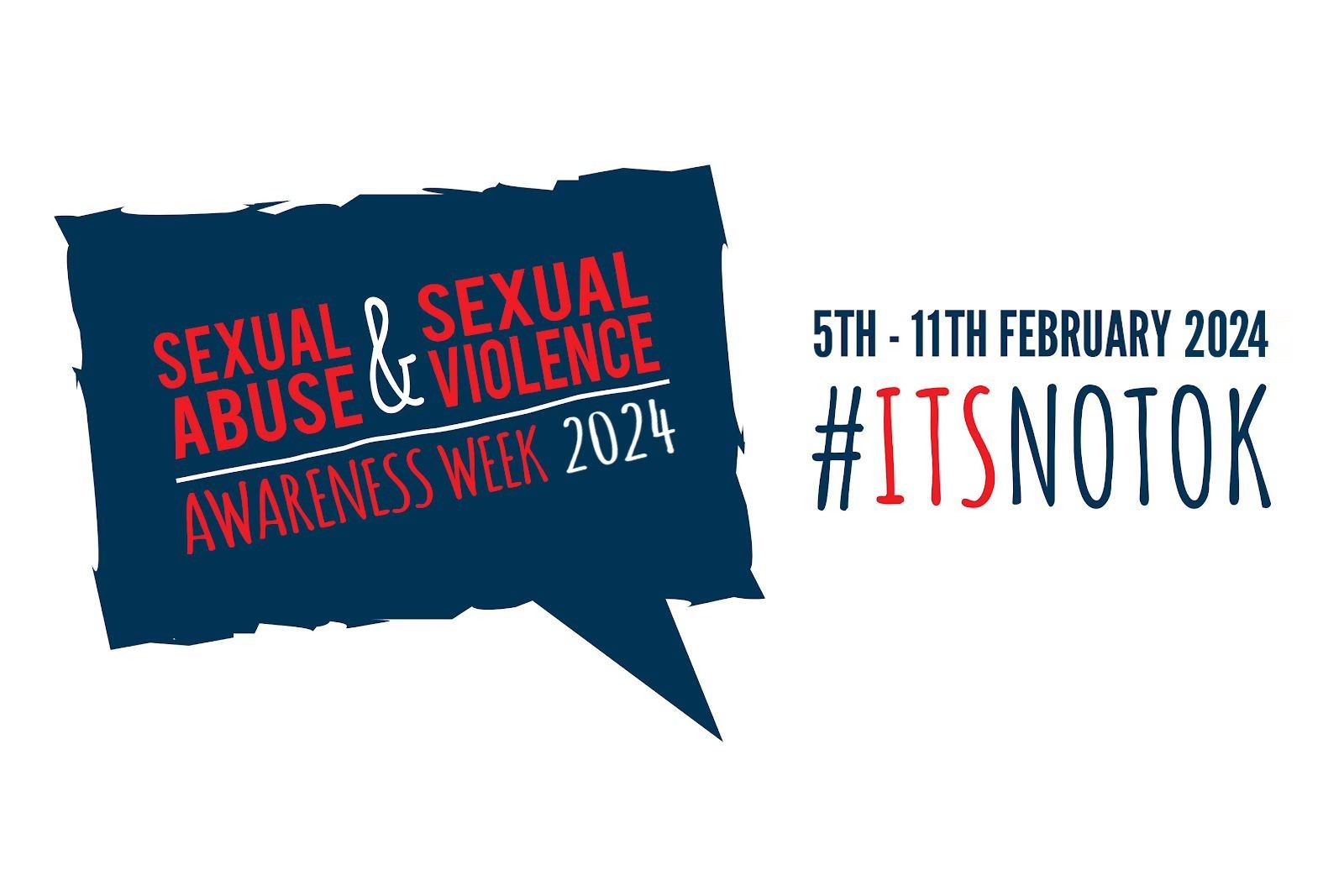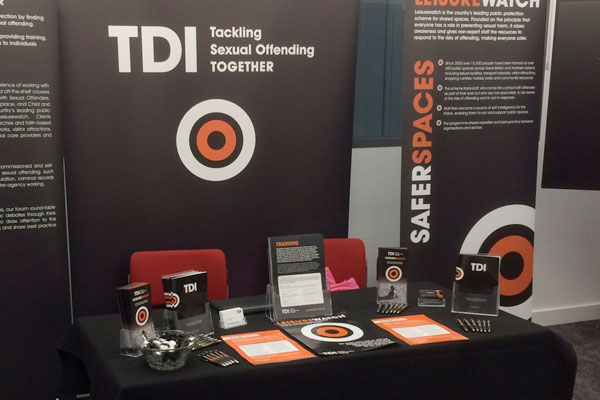
Sexual offending is often in the news, and we might feel it is an ever present danger. In this Explainer, we put sexual offending in perspective by going through some statistics.
Remember: there are many different types of sexual offence
In our Explainer What is a sex offender? we said there were many different types of sexual offence—contact offences, non-contact offences, abuses of trust—and many different types of victims—children, vulnerable adults, non-vulnerable adults. Offending can happen within existing relationships or, more rarely, between strangers.
This means that there are different levels of prevalence and risk—to give a simple example, most child abuse happens in the home, so large numbers of convicted paedophiles do not translate into a large risk of attacks on children by strangers.
In this Explainer, we’ll try to move from the broad to some of the specifics. The point is not to be alarming but, hopefully, the opposite, placing offending in some sort of context.





